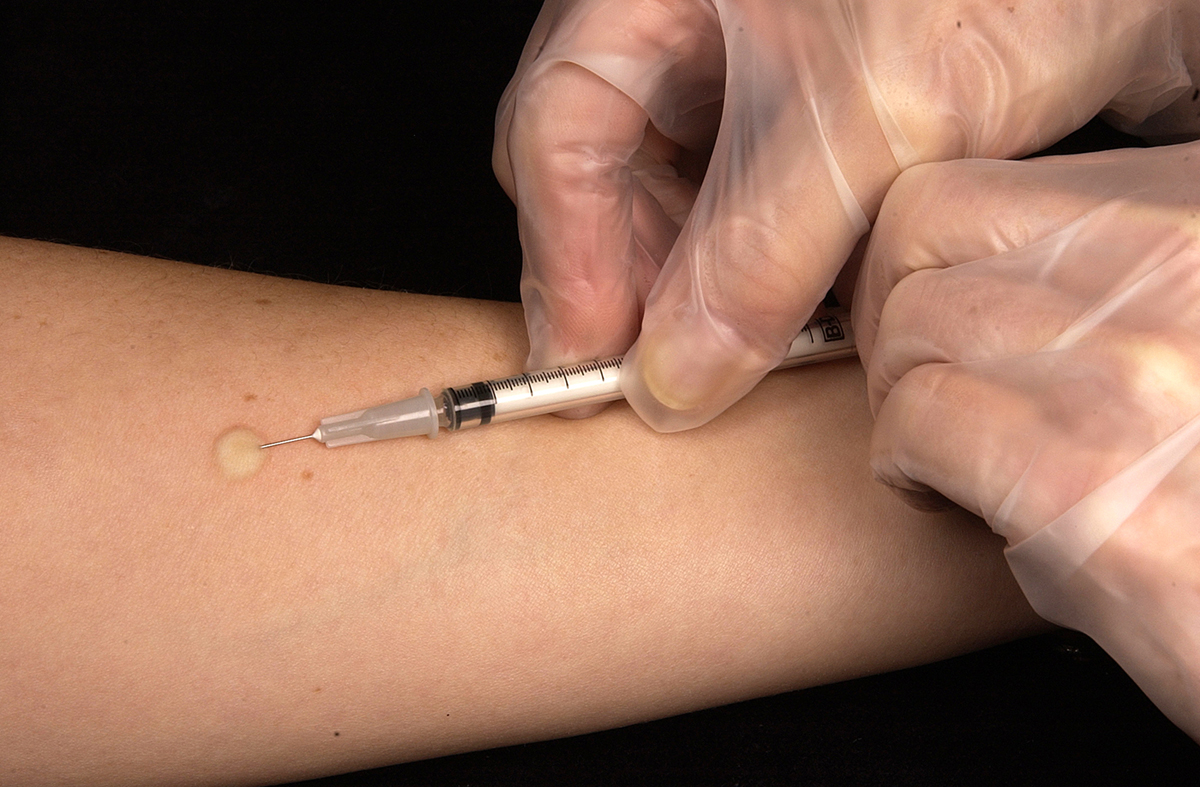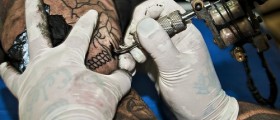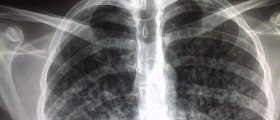
TB or tuberculosis is an infectious disease predominantly caused by Mycobacterium tuberculosis although other mycobacteria strains might be involved in the very infection. The infection primary affects the lungs and later there is a chance of systemic dissemination. Most infections are asymptomatic and latent while only small number of the affected individuals develop active form of the disease. Left untreated tuberculosis eventually leads to death. The treatment is rather challenging and may last up to 2 years until all the bacteria are eradicated from the body.
Skin Test for TB
As one may assume the tuberculosis skin test is used to confirm or rule out the presence of tuberculosis. It is based on an immune response of the patients who have been exposed to Mycobacterium tuberculosis. Such response is reported in people with active disease but also those who once had tuberculosis and cured the infection. The immune reaction is also common for people who have been vaccinated against this infectious disease.
The dreadful fact is that even today, around 2 billion people around the world have tuberculosis (the latent form of the infection). What is more, approximately 3 million infected individuals die each year. This makes tuberculosis one of the most severe infectious disease which used to and still is a reason for us humans to be worried.
When the tuberculosis skin test (also known as the tuberculin test and PPD test) is performed the response of the body is in the form of hypersensitivity skin reaction, to be more precise it is a delayed-type of this reaction.
Bacterial particles used in testing are mixed with culture filtrates. They altogether represent the classic tuberculin PPD. Once these components are injected intradermally, the immune system sends T cells, specialized immune cells sensitive to the bacterium and its components. They reach the site of the injection and once they get in contact with the particles of the administered suspension release lymphokines. Lymphokines are chemical messengers responsible for further skin induration i.e. a palpable raised hardened area across the forearm. The induration per se is a result of fluid build-up, fibrin deposits and accumulation of other inflammatory cells.
In case we want to estimate whether a person who was exposed to the bacterium has developed tuberculosis, we should wait for 12 weeks and then perform the PPD test. The test is practically indicated in people of all ages, pregnant women as well as immunocompromised individuals such as HIV patients. It is only forbidden in case there was a severe reaction to the previous PPD test.
How is the Test Done?
The tuberculin test is most commonly used in the form of Manoux test. The previously prepared solution is injected into the top layers of the forearm i.e. intradermally. The injection contains 5TU (tuberculin units) PPD and its total volume is 0.1mL. It is essential to inject the solution into the area that is smooth, have nor abnormalities and is away from veins. Flatness of the injected area is of vital for the test evaluation that will take place after certain period of time. During the administration there should be a distinct, pale elevation of the skin of approximately 6-10mm. The skin soon flattens.
By detecting and measuring the skin induration doctors evaluate the test and the local skin reaction to particles of the bacterium. The size of the induration reaches its peak within 48-72 hours. This is when the induration is supposed to be measured.
In case the result is positive there will be a red, swollen circle at the site of the injection and the size of this swelling will determine if there has been the exposure to the bacterium. The size necessary for the infection to be confirmed basically depends on the health status of the tested person and his/her age. Induration in immunocompromised patients might not fully develop, is sometimes delayed or it is negative although the bacterium has entered the body and precipitated various changes. On the other hand, positive results are also observed in people who have received a vaccine against tuberculosis. The test can be repeated especially if the results obtained during the initial testing are negative or indeterminate. Positive results require further tests like chest X-ray, particularly if there are symptoms and sign that point to the active form of the disease.
The tuberculosis screening test is basically indicated in individuals who are at high risk of exposure to the bacterium. For instance, it can be performed in patients with symptoms or signs of active tuberculosis, immunocompromised individuals that are in general more vulnerable to tuberculosis infection as well as people living in poor conditions such as homeless people.
Furthermore, the test is indicated in health care workers who are in close contact with patients suffering from tuberculosis, practically all people who are in contact with the person confirmed with the disease and individuals who have lived for certain period of time in a country where tuberculosis is endemic.
Finally, the test might be performed on illegal, intravenous drug users.












-Arthritis_f_280x120.jpg)




Your thoughts on this
Loading...